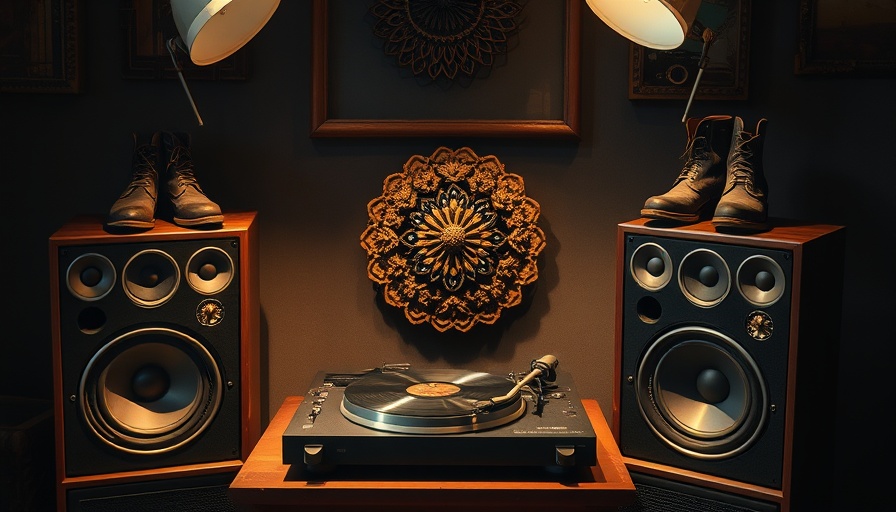
Exploring the Legacy of Lenny Kravitz: More Than Just Celebrities
In a recent visit, Lenny Kravitz shared profound personal insights regarding his passion for art and music while highlighting a unique connection to the legendary James Brown and John Lennon. In a heartfelt tribute, Kravitz showcased Brown's iconic boots, a symbol of the funk genre that not only shaped his musical style but also cultivated a sense of pride in African American identity. Through his conversation, it becomes evident how objects can embody legacies that inspire joy and resilience.
In 'Lenny Kravitz Owns James Brown's Boots & John Lennon's Shirt', the discussion dives into personal connections with legendary figures, and we’re expanding on how these insights can significantly inform home design.
Connecting Personal History with Home Design
Kravitz's reverence for these items goes beyond mere appreciation; it speaks to the broader theme of how personal history can transform spaces within our homes. For homeowners and designers alike, drawing inspiration from such meaningful artifacts can enrich interiors and create living spaces that reflect individual stories. Incorporating pieces with personal significance, whether through art, furniture, or even clothing, can cultivate an atmosphere of authenticity in your home.
The Power of Belonging and Storytelling
As Kravitz reminisces about his mother, who instilled a passion for reading and culture, we see the importance of storytelling in our environments. Home design isn't just about aesthetics; it's about creating spaces that convey identity, heritage, and emotional warmth. This notion resonates deeply, especially for those engaged in crafting their living spaces or for prospective homeowners looking to infuse unique character into their new properties.
In conclusion, the conversation surrounding Kravitz’s heartfelt revelations about iconic figures like Brown and Lennon serves as a catalyst for enhancing our understanding of home design. As we curate our interiors, let’s aim to choose elements that narrate our own stories, fostering connections not only with our loved ones but with the world around us.
 Add Row
Add Row  Add
Add 




Write A Comment